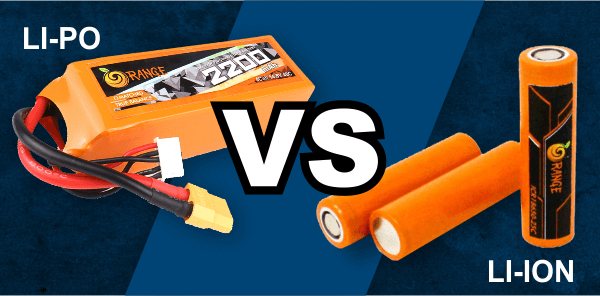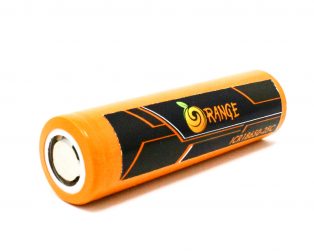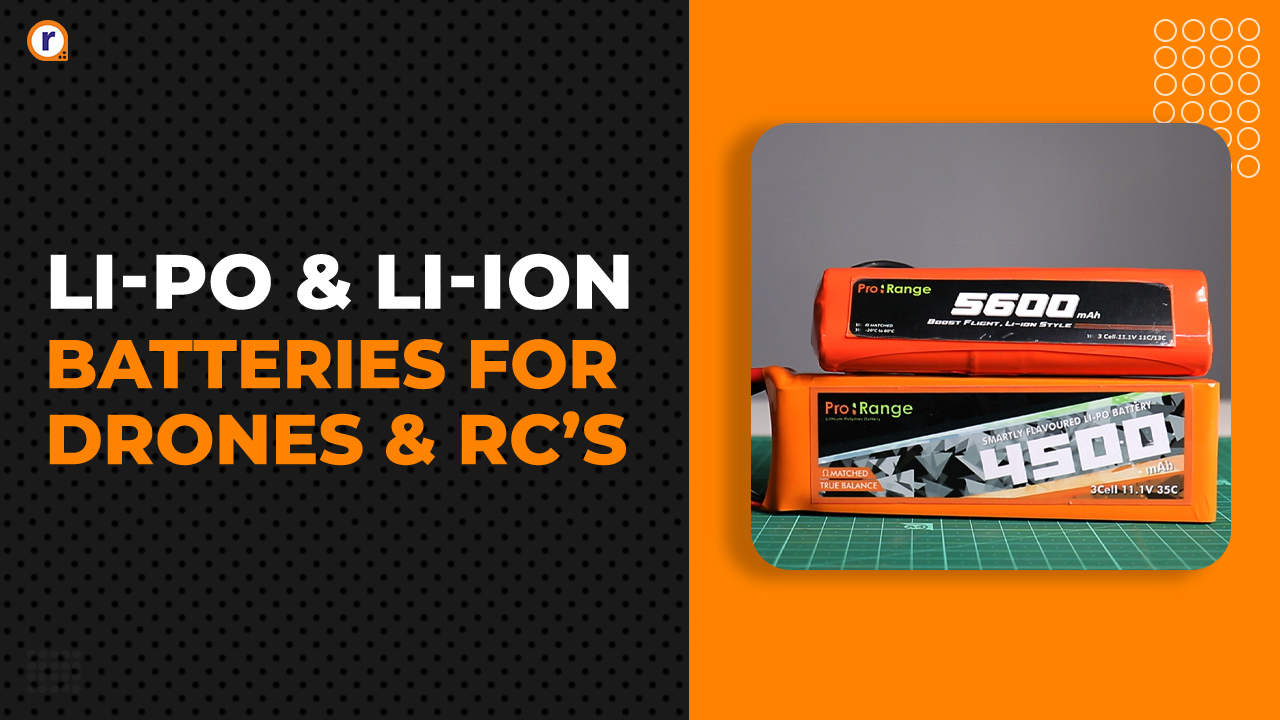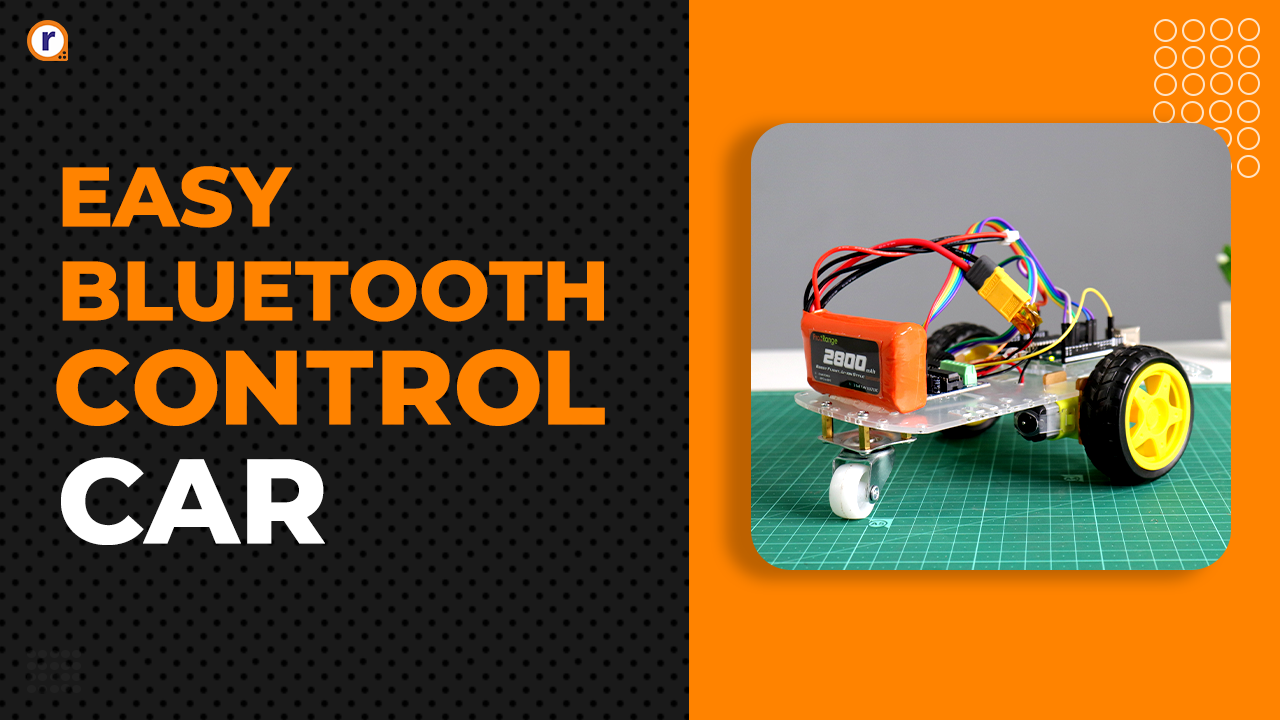Lithium-ion Battery vs Lithium-polymer Battery
Comparison between two of the most popular batteries i.e Li-ion and LiPo batteries on various parameters.

Lithium-ion or Lithium-polymer
Do you know what are the difference between Li-ion and Li-polymer battery?
[caption id="attachment_743925" align="aligncenter" width="600"] [/caption]
[/caption]
According to the electrolyte materials, Li-ion battery divided into liquid lithium ion battery and polymer lithium battery or plastic lithium battery.
In this blog, we’re going to review about the differences between Li-ion and Li-polymer battery. we hope to give you the information you need to make the best possible choice!
Lithium-ion Battery
The most significant difference between lithium-ion and lithium-polymer batteries is the chemical electrolyte between their positive and negative electrodes. Both lithium-ion and lithium-polymer batteries have their pros and cons. Typically, the advantages of a lithium-ion are their high power density and lower cost than lithium-polymer battery. Lithium-ion batteries are incredibly efficient. Li-ion in a more flexible casing.
Lithium-ion batteries are inherently unstable, suffer from aging, and are potentially dangerous. As Li-ion batteries have become more popular in
Lithium-Polymer battery:
On the other hand, Li-Po batteries are generally robust and flexible. Especially when it comes to the size and shape of their build.
They are also lightweight, have an extremely low profile and have a lower chance of suffering from leaking electrolyte. But Li-Po batteries aren’t perfect as they are significantly more costly to manufacture and they do not the same energy density nor lifespan as a lithium-ion.
Lithium-ion Battery vs Lithium-polymer Battery
In the below table, we covered all the parameters of both lithium-ion and lithium-Polymer battery.
Parameters |
Li-ion battery |
Li-polymer battery |
|
Usable voltage range |
from 3V to 4.2V |
From 3V to 4.2V |
|
Energy density |
High energy density |
Low and decreased cycle count compared to Li-ion |
|
Flexibility |
Low |
High |
|
Weight |
Relatively heavier |
Light weight |
|
Safety/Explosive risk |
More volatile as compared to Li-Po |
More safety. Less chances to explosion |
|
Charging duration |
Relatively longer charge |
Shorter charge |
|
Cost |
Cheaper |
Slightly expensive |
|
Capacity |
Relatively lower |
same volume Li-Po batteries, capacity is around 2 times of Li-ion battery |
|
Life span |
Long |
Long |
|
Aging |
Loses actual charging capacity over time |
Retains charging capacity better than Li-ion |
|
Temperature range usage |
-20 to 60º C |
-20 to 70º C |
|
Impedance |
<100 mΩ |
<50 mΩ |
|
Charge temperature |
0 to 40º C |
0 to 40º C |
|
Storage temperature |
-20 to 35º C |
-20 to 35º C |
|
Applications |
Used in power backups/UPS, Mobile, Laptops, and other commonly used consumer electronic goods. Also used in Electric mobility and Energy Storage Systems |
Mostly used i radio controller equipments and aircrafts,Mobile, laptops and other commonly used electronic products. Also, used in Electrical vehicles. |
Hope this article helps you to understand the actual difference between Lithium-ion and Lithium- Polymer battery.
We at Robu.in hope that you found it interesting and that you will come back for more of our educational blogs.
MUST READ BLOGS on BATTERY








